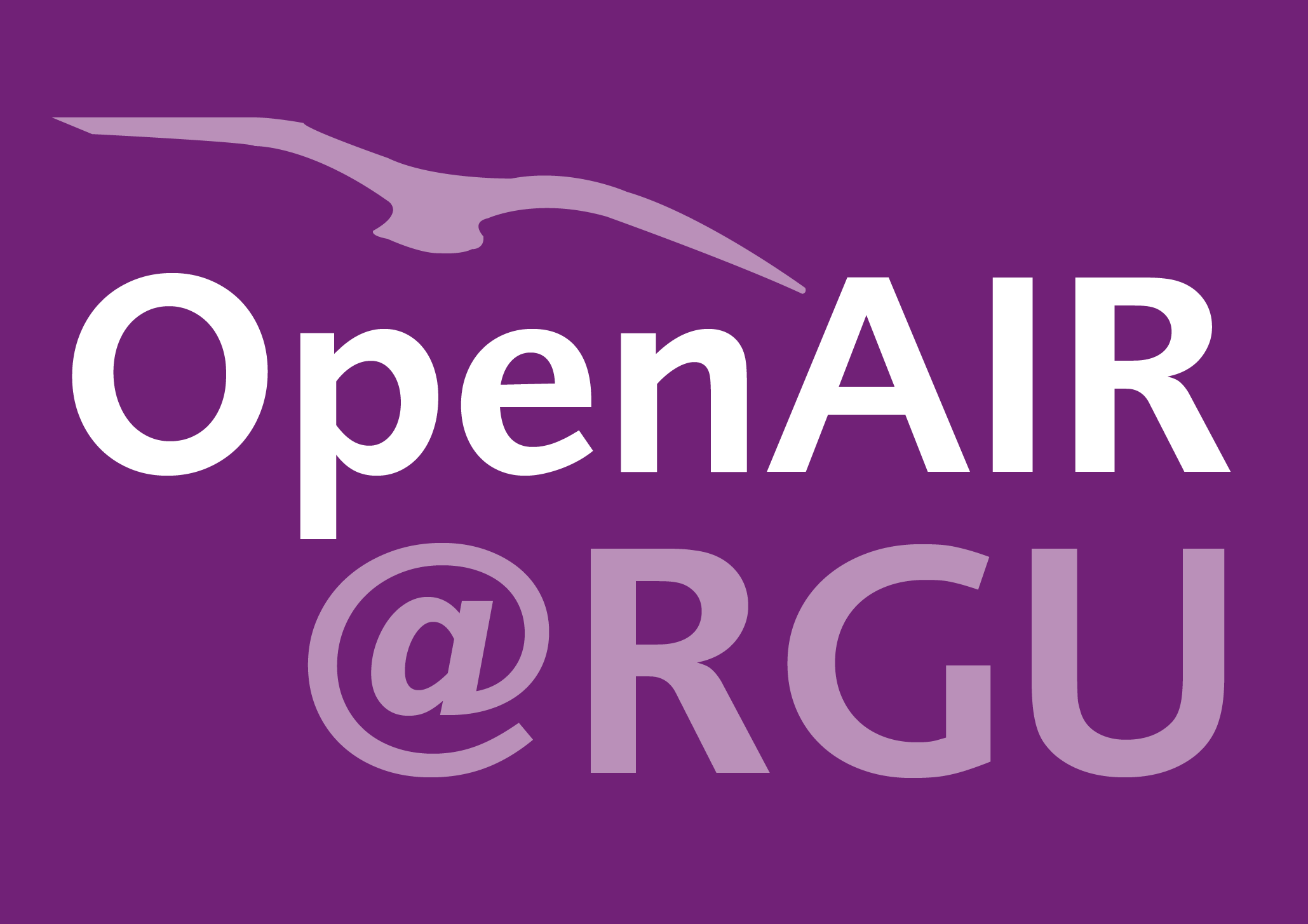Ourega-Zo� Ejebu
What can secondary data tell us about household food insecurity in a high-income country context?
Ejebu, Ourega-Zo�; Whybrow, Stephen; Mckenzie, Lynda; Dowler, Elizabeth; Garcia, Ada L.; Ludbrook, Anne; Barton, Karen Louise; Wrieden, Wendy Louise; Douglas, Flora
Authors
Stephen Whybrow
Lynda Mckenzie
Elizabeth Dowler
Ada L. Garcia
Anne Ludbrook
Karen Louise Barton
Wendy Louise Wrieden
Professor Flora Douglas f.douglas3@rgu.ac.uk
Professor
Abstract
In the absence of routinely collected household food insecurity data, this study investigated what could be determined about the nature and prevalence of household food insecurity in Scotland from secondary data. Secondary analysis of the Living Costs and Food Survey (2007–2012) was conducted to calculate weekly food expenditure and its ratio to equivalised income for households below average income (HBAI) and above average income (non-HBAI). Diet Quality Index (DQI) scores were calculated for this survey and the Scottish Health Survey (SHeS, 2008 and 2012). Secondary data provided a partial picture of food insecurity prevalence in Scotland, and a limited picture of differences in diet quality. In 2012, HBAI spent significantly less in absolute terms per week on food and non-alcoholic drinks (£53.85) compared to non-HBAI (£86.73), but proportionately more of their income (29% and 15% respectively). Poorer households were less likely to achieve recommended fruit and vegetable intakes than were more affluent households. The mean DQI score (SHeS data) of HBAI fell between 2008 and 2012, and was significantly lower than the mean score for non-HBAI in 2012. Secondary data are insufficient to generate the robust and comprehensive picture needed to monitor the incidence and prevalence of food insecurity in Scotland.
Citation
EJEBU, O.-Z., WHYBROW, S., MCKENZIE, L., DOWLER, E., GARCIA, A.L., LUDBROOK, A., BARTON, K.L., WRIEDEN, W.L. and DOUGLAS, F. 2019. What can secondary data tell us about household food insecurity in a high-income country context? International journal of environmental research and public health [online], 16(1), article ID 82. Available from: https://doi.org/10.3390/ijerph16010082
| Journal Article Type | Article |
|---|---|
| Acceptance Date | Dec 27, 2018 |
| Online Publication Date | Dec 29, 2018 |
| Publication Date | Jan 31, 2019 |
| Deposit Date | Feb 14, 2019 |
| Publicly Available Date | Feb 14, 2019 |
| Journal | International journal of environmental research and public health |
| Print ISSN | 1661-7827 |
| Electronic ISSN | 1660-4601 |
| Publisher | MDPI |
| Peer Reviewed | Peer Reviewed |
| Volume | 16 |
| Issue | 1 |
| Article Number | 82 |
| DOI | https://doi.org/10.3390/ijerph16010082 |
| Keywords | Food insecurity; Food poverty; Prevalence; Food surveys; Secondary data; Scotland |
| Public URL | http://hdl.handle.net/10059/3299 |
| Contract Date | Feb 14, 2019 |
Files
EJEBU 2019 What can secondary data
(1.5 Mb)
PDF
Publisher Licence URL
https://creativecommons.org/licenses/by/4.0/
You might also like
Redefining freebirth as a self-care practice: findings from a systematic qualitative evidence synthesis.
(2024)
Presentation / Conference Contribution
Redefining freebirth as a reproductive justice issue.
(2024)
Presentation / Conference Contribution
Downloadable Citations
About OpenAIR@RGU
Administrator e-mail: publications@rgu.ac.uk
This application uses the following open-source libraries:
SheetJS Community Edition
Apache License Version 2.0 (http://www.apache.org/licenses/)
PDF.js
Apache License Version 2.0 (http://www.apache.org/licenses/)
Font Awesome
SIL OFL 1.1 (http://scripts.sil.org/OFL)
MIT License (http://opensource.org/licenses/mit-license.html)
CC BY 3.0 ( http://creativecommons.org/licenses/by/3.0/)
Powered by Worktribe © 2025
Advanced Search
